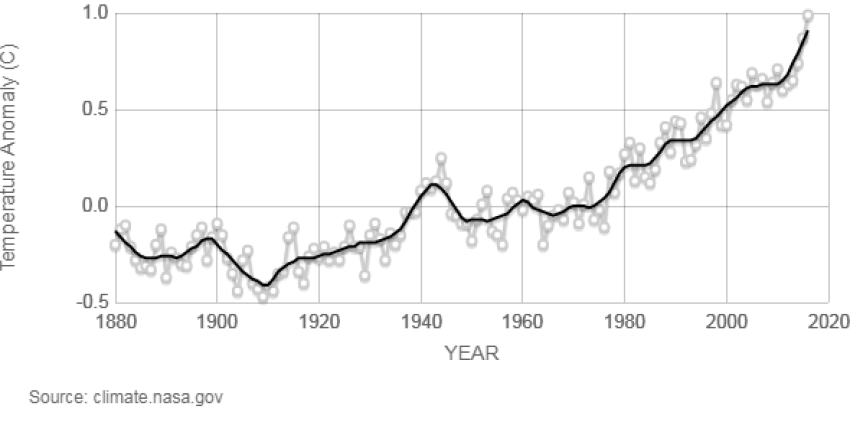- The ~1ºC rise in mean global temperature is causing serious and often unexpected impacts on species, affecting their abundance, genetic composition, behaviour and survival.
- Species declines threaten the services that nature provides to people, which include functioning as carbon sinks and increasing our resilience to climate change.
- Environmental policies aimed at reducing CO2 emissions are essential for reducing the impact of climate change on species.
- Prioritising nature conservation and embracing strategies to promote climate change adaptation can enhance species survival.
- Tools are available to support species conservation under climate change, including the IUCN Red List, the IUCN SSC Guidelines for Assessing Species’ Vulnerability to Climate Change, and the Integrated Biodiversity Assessment Tool.
In addition to their intrinsic value, species play essential roles in ecosystems, which in turn provide vital services to humans. Climate change interacts with threats such as habitat loss and overharvesting to further exacerbate species declines. The decline of species and ecosystems can then accelerate climate change, creating a feedback loop that further exacerbates the situation.
Altered food chains
The effects of climate change on even the smallest species can threaten ecosystems and other species across the food chain. For example, increased sea-ice melt and ocean acidification in the Arctic Ocean is reducing krill populations, threatening the survival of whales, penguins and seals that depend on krill as a primary food source. Because species lowest in the food chain are often among the first impacted by climate change, the full impacts of species loss may not be seen for decades.
The types and severity of diseases that affect crops are also changing. For example, incidences of Fusarium ear blight on wheat are increasing due to a rise in temperature and rainfall. These can produce mycotoxins that make wheat inedible and cause crop losses of up to 60%.
Invasive alien species
Invasive alien species are among the main causes of biodiversity loss and species extinctions, and the proliferation of invasive species is often exacerbated by climate change. Native to South America, the water hyacinth (Eichhornia crassipes) can now be found in parts of every continent except Antarctica, and it is expected to increase its range as the climate warms. The hyacinth deoxygenates rivers, killing fish populations, which in turn reduces income and food supply for local communities.
Carbon sinks become sources
Climate change affects the ability of plant species to sequester carbon, turning carbon sinks into carbon sources. Warmer temperatures are also increasingly leading to tree death caused by disease, drought conditions and an upsurge in the number and severity of forest fires, which leads to an increase in carbon emissions.
 Warmer egg incubation periods lead to skewed gender ratios of the Endangered green sea turtle (Chelonia mydas)
Photo: © Andre Seale / IUCN Photo Library
Warmer egg incubation periods lead to skewed gender ratios of the Endangered green sea turtle (Chelonia mydas)
Photo: © Andre Seale / IUCN Photo Library



